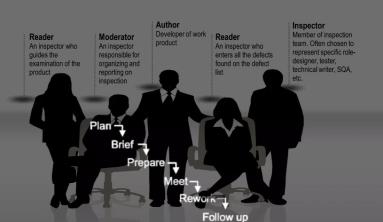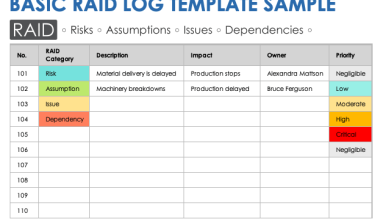While preparing a project schedule it is critical to define the duration of each activity. Because overall project duration is associated with the duration of activities in the network system. If the durations of activities are not properly estimated, the project completion date will be wrong and the critical path will not be realistic. There are six essential techniques widely used by schedulers and planning engineers to estimate activity duration and crate the network system. These techniques are ;
1. Expert Judgment
2. Analogous Estimating
3. Parametric Estimating
4. Three-Point Estimates
5. Reserve analysis
6. Group Decision Making Techniques
Each estimation tool has its own characteristics. For example, parametric estimation necessitates a statistical correlation and subsequent calculation. Three-point estimates rely on three different estimates and a mathematical formula. On the other hand, expert judgment and analogous estimating are performed without using mathematical calculations.
No matter which estimation technique you use, it is essential to create the document called ‘basis of estimates’ to set out the assumptions and constraints and estimate ranges while making estimations.
Now we will discuss each tool in detail.
Expert Judgment
Expert judgment means using experts who have knowledge of the related field and experience in estimating activity duration. Expert Judgment can be provided by a member or multiple members of the project management team. The expert who is the most familiar with the type of work often provides more accurate estimates.
The accuracy of expert judgment depends on the knowledge and experience of the estimator. The characteristics of the project are also an important factor that affects the accuracy of the estimates.
Analogous Estimating
Analogous estimating analyzes a similar project completed in the past and makes a rough estimation for the current project by the use of this past project’s data. For instance, let’s say you have to estimate the duration of a hospital construction project with the help of analogous estimating. In case you will use your previous hospital project’s data such as task durations, milestones, and their relationships to determine the new project’s activity durations. Although this method enables to make duration calculations easily and quickly, estimations are not accurate enough. Analogous estimation provides an entire duration estimation. You can perform this estimation when you have a limited time to make a proper estimation.
Parametric Estimating
As an important tool to estimate activity duration, the Parametric Estimation Technique can be considered as a consolidation of historical information and statistical data. It is a definite technique to identify both cost and time for a current project using data from past projects with duplicate parameters. For instance, let’s say you have to build a dam and you measured some of the major task’s quantities. By using the productivity rates of machines from the previous project, you can estimate your current project’s duration.
Parametric Estimation Technique provides more accurate estimation than analogous estimation.
Three-Point Estimates
Three-Point Estimating Technique is a useful technique that helps to increase the accuracy of cost and time estimates. There are three parts of this technique that provide three different estimates.
• Most Likely Estimate: Assuming a normal case in which everything goes as usual.
• Pessimistic Estimate: Assuming everything goes wrong.
• Optimistic Estimate: Assuming everything goes as planned.
PERT Method (Program Evaluation and Review Technique) uses the three-point estimates.
Reserve Analysis
Reserve analysis can be considered as a contingency reserve. Once you fixed the schedule for each activity, you can add contingency reserve durations to each activity. These contingency reserve durations can be changed depending on the situation, they can be added as a percentage of the duration of each activity. Reserve analysis helps the project team to manage schedule risks to minimize their impacts.

Group Decision Making Techniques
Group decision-making techniques can be used to estimate the duration of each activity. In this technique, you consult your team members or experts to provide the best estimates for the project activities.
How Can Project Schedule Be Shortened?
In order to complete the schedule earlier, the duration of activities especially the ones on the critical path should be shortened. In short, there are three methods;
- Restricting the scope of the work of an activity
- Using more resources: Employing more workforce and machinery
- Increasing the productivity
Although employing more resources helps to shorten activity durations, the additional productivity gained from adding every new resource decreases.
Final Words on Estimating Activity Duration
Estimate activity duration is an extensive process in project time management that requires various inputs and tools. Ideally, you should consult your team members while making estimations. You can get more realistic results if you involve your project team and encourage decision-making. Because they are aware of the major project milestones, project deliverables, and key stakeholders.
Estimate activity duration has an iterative nature which can be performed for both projects and products. Estimates can be changed as the work progresses and new activities are added to the schedule.
Making accurate estimations can help you to manage your project schedule successfully. If the project schedule is created with realistic estimations, project resource and cost distribution will also be realistic.
In this article, we discuss six tools to estimate activity durations. We hope that it will be useful for candidates who seek to build a career as a project manager or project coordinator.
Via projectcubicle






